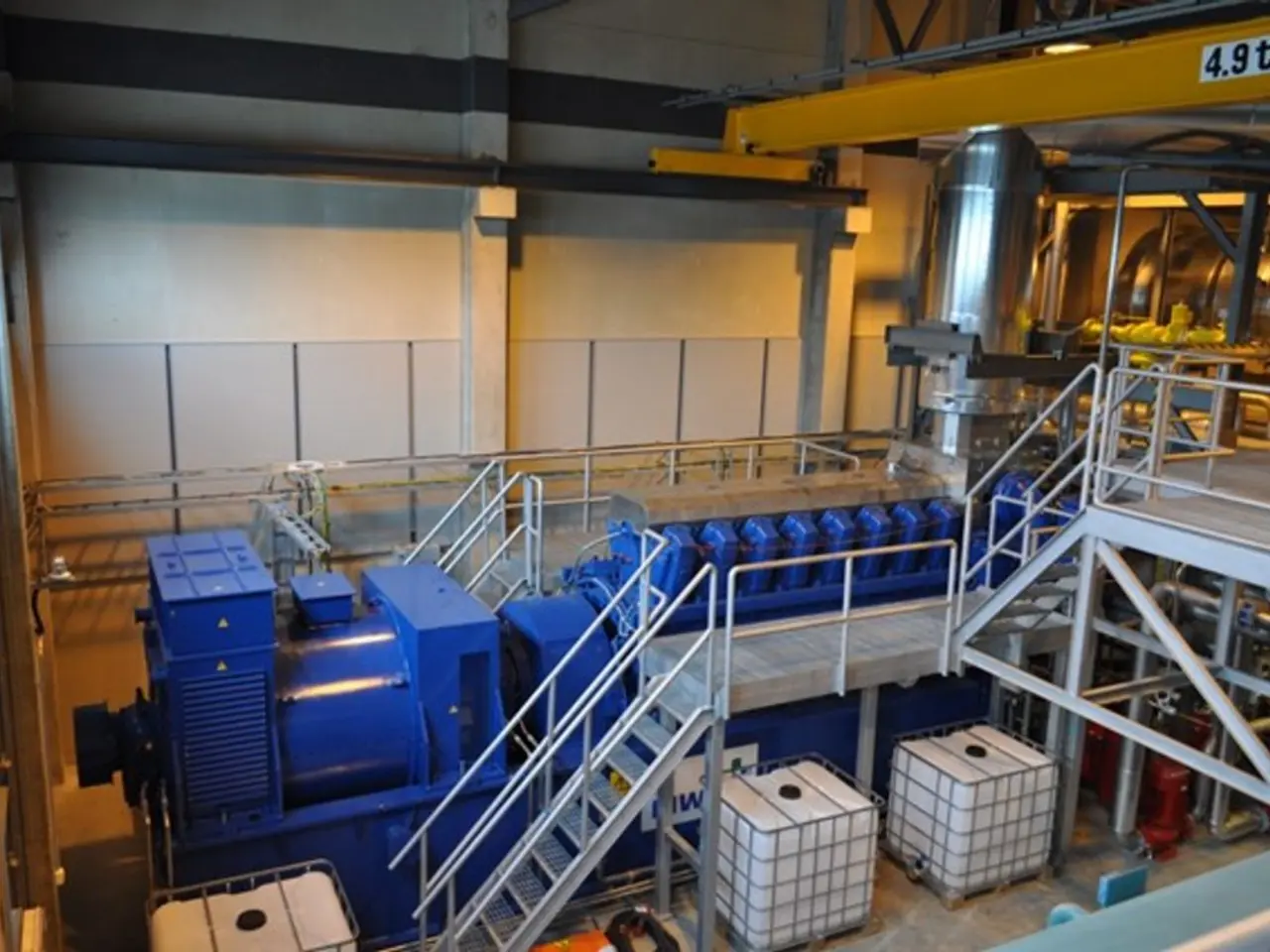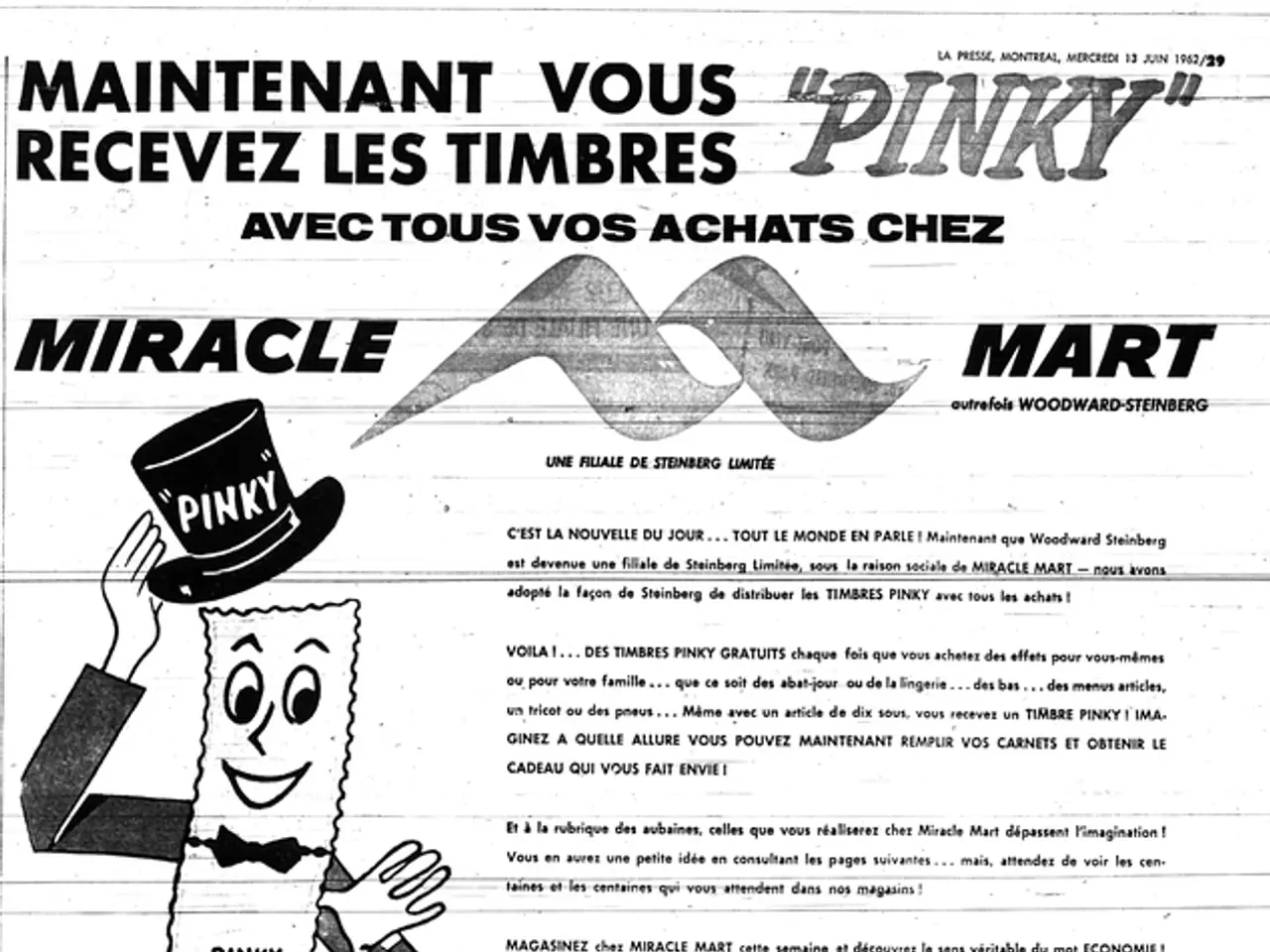Global Issues in Relocating Heavy Machinery
International heavy equipment transportation plays a crucial role in the success of construction and industrial projects worldwide. This article sheds light on the three main shipping methods — Roll-On/Roll-Off (RoRo), Flat Rack Shipping, and Container Shipping — and their respective cost, efficiency, and environmental impacts.
Roll-On/Roll-Off (RoRo) shipping is a cost-effective and efficient method for operational wheeled machinery. Equipment is driven onto the ship and secured on deck, making loading and unloading processes straightforward without the need for disassembly. RoRo shipping offers a lower environmental footprint due to fewer handling steps, reducing fuel usage and emissions at ports.
Flat rack shipping is ideal for oversized or very heavy equipment that cannot be containerized or driven onboard. Equipment is secured on a flat rack and loaded onto the vessel. While this method is moderately efficient, it involves more complex handling and thus higher costs and longer port dwell times. Flat rack shipping has a higher environmental impact due to the use of heavy lifting equipment at ports and longer loading/unloading times, which increase emissions and energy consumption.
Container shipping is best suited for smaller machinery that can be dismantled. Equipment is shipped inside containers for secure transport, offering protection during transit. However, container shipping is generally the most expensive due to container costs and disassembly. It is less efficient for large machinery due to packing/unpacking time, and the need to disassemble and reassemble equipment adds operational emissions. If containers are optimally packed and shipped, container shipping can reduce emissions, but the necessity for extra work may increase emissions.
Cost and efficiency considerations show that RoRo shipping is cost-effective and efficient for wheeled, operational equipment. Flat rack shipping suits oversized equipment but involves more complex handling and thus higher costs and a larger environmental footprint. Container shipping is ideal for smaller, disassemblable equipment, though it is generally more expensive and less efficient.
Choosing the right method depends on equipment type, size, destination regulations, and logistical considerations. Businesses can leverage international transportation to acquire equipment from regions where costs may be lower, optimizing expenditure. International transportation provides the flexibility to procure and deploy machinery as and when required, enhancing project planning and execution efficiency.
Efficient logistics management, including route optimization and mode consolidation (intermodal transport), can further reduce overall costs and environmental impact. Environmental regulations and their heterogeneity globally influence transportation choices by adding constraints that affect cost and route planning.
Rail transport offers a cost-effective and environmentally friendly option for moving heavy equipment over long distances, limited by accessibility to railway networks. Multimodal transport combines multiple modes of transportation (road, rail, sea, and air) to transport heavy equipment from origin to destination, offering flexibility, optimization of routes, and cost savings.
In conclusion, understanding the diverse methods and types of transportation available enables businesses to effectively navigate international logistics challenges and maximize efficiency in their operations. By prioritizing cost-effectiveness, efficiency, and environmental impact, businesses can make informed decisions and optimize their international heavy equipment transportation strategies. (Published by: Martin De Juan)
The manufacturing industry can benefit from the cost-effective and efficient Roll-On/Roll-Off (RoRo) shipping for operational wheeled machinery, as it simplifies loading and unloading processes and reduces environmental impacts. On the other hand, finance considerations might point towards flat rack shipping for oversized or very heavy equipment that cannot be containerized, despite its higher costs and environmental impact. Meanwhile, container shipping, though generally the most expensive, could be the most suitable option for smaller, disassemblable machinery in the industry.




